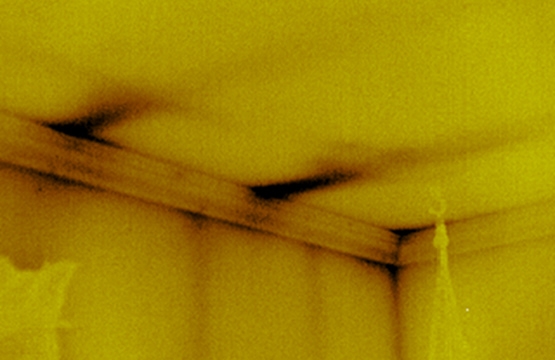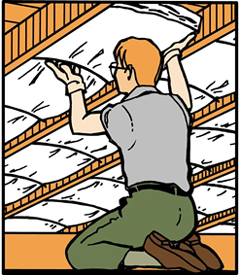

Industry specific euphemisms can be incredibly humorous. There are a variety of air brake switches in substations that linemen often call “popsicles”, for example. A tangle of wires is commonly called a “bird’s nest”. In building science there is a component used to help install fiberglass batt insulation called “Tiger’s teeth”, and if you are not using them you might be causing the insulation system to be less effective.
The more common nomenclature of tigers' teeth is “wire staves”. When used with I-beam joists they can be less effective than with standard joists. With I-beam joists that are 16 inches on center, the standard tigers' teeth (std. framing 14.5-inch cavity) are not long enough to hold the batts in place. A common discovery when this takes place is that either the tiger teeth or the fiberglass batts end up falling to the bottom of the joist instead of staying in place.

There are a number of solutions for this condition. If the fiberglass bats are paper backed, staples can be used to secure them in the I-beam joist cavity. Some builders are using spray applied foam in the joist cavities, but this may be impractical for several reasons. Spray applied foam is not inexpensive, and there are additional concerns regarding fitment around electrical and plumbing lines.
If I-beam joists are used and there’s leeway in which product is used, dense application of cellulose might be the best option. This installation requires open access above the conditioned space or netting to hold the cellulose in place until the finish surface can be installed. It is low cost and removes the need to be held in place like fiberglass batts do. Explore your options, and after the insulation choice has been made, thermally inspect after the installation to verify thermal performance.